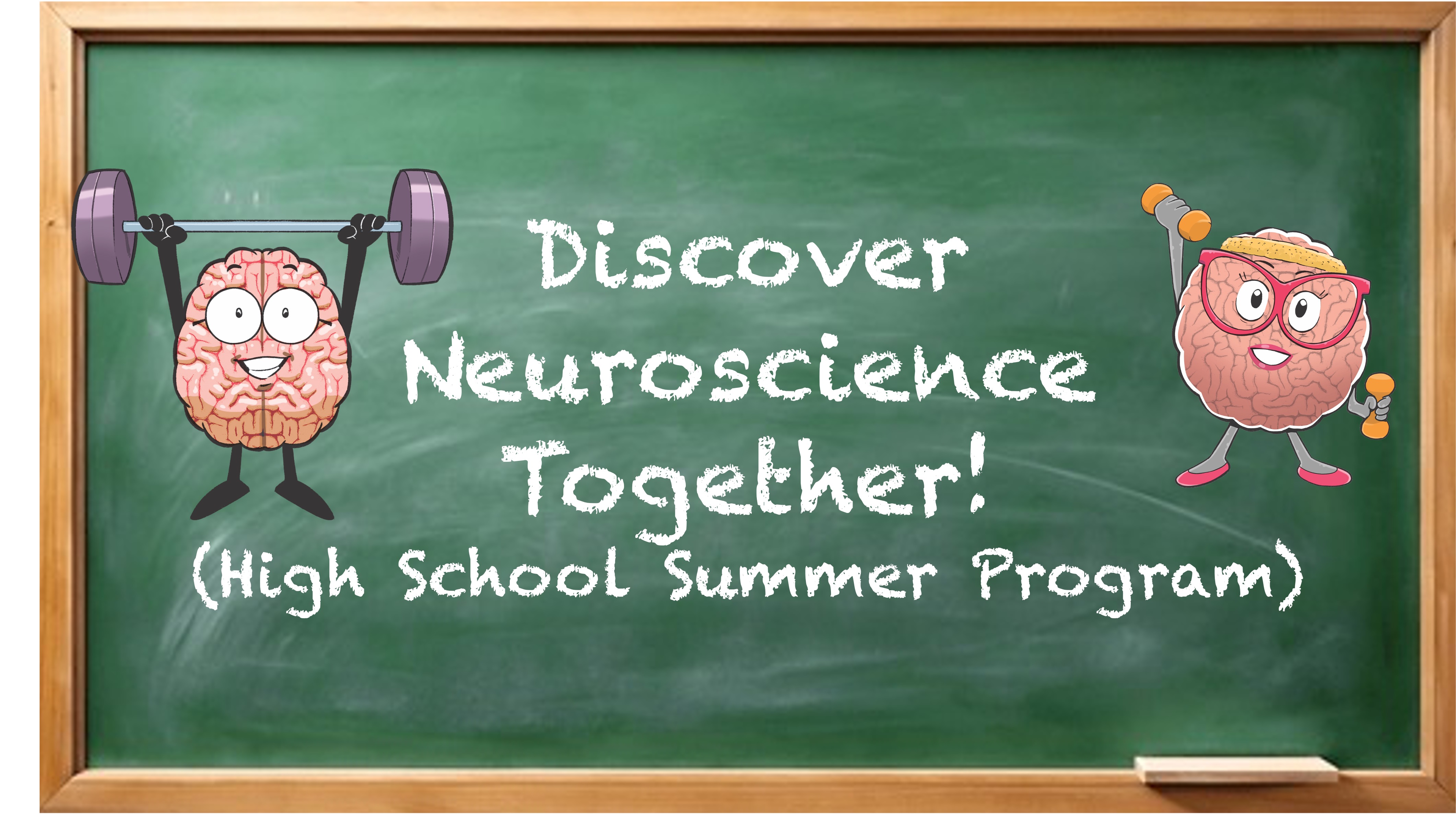We’re looking for curious, motivated high school students who want to explore neuroscience, brain imaging (MRI/fMRI), and neuromodulation (tDCS/TMS) in a friendly, step-by-step program.
You’re a great fit if you…
- are in grades 9–12 (or equivalent)
- are excited about neuroscience and how we map/guide brain activity
- enjoy learning by doing (short modules → tiny tasks → mini-project)
- can commit a few hours per week during the program window
- have a browser + internet (no installs required)
- are kind, respectful, and ready to collaborate
- (If under 18) can provide parent/guardian consent
Nice to have (but not required):
- Comfort with basic algebra/graphs
- Curiosity about coding (we’ll guide you—no experience needed)
- Interest in making clean, informative figures
